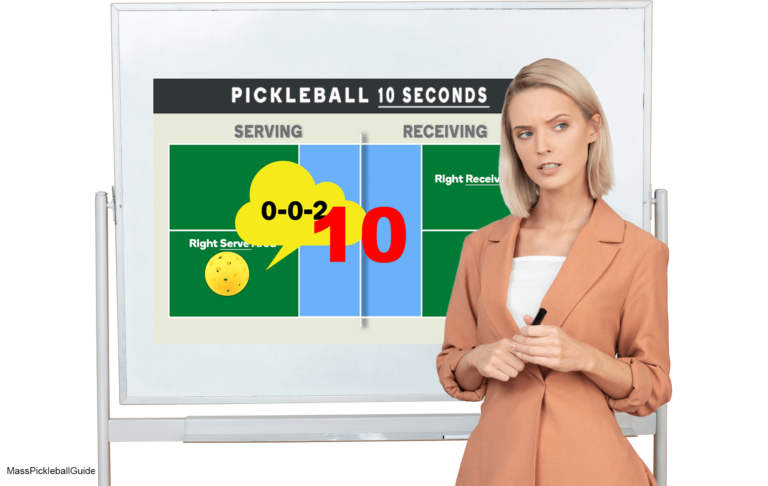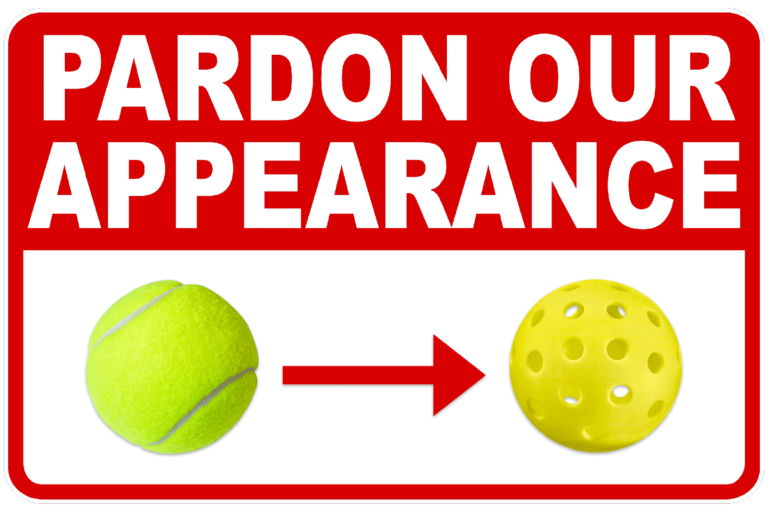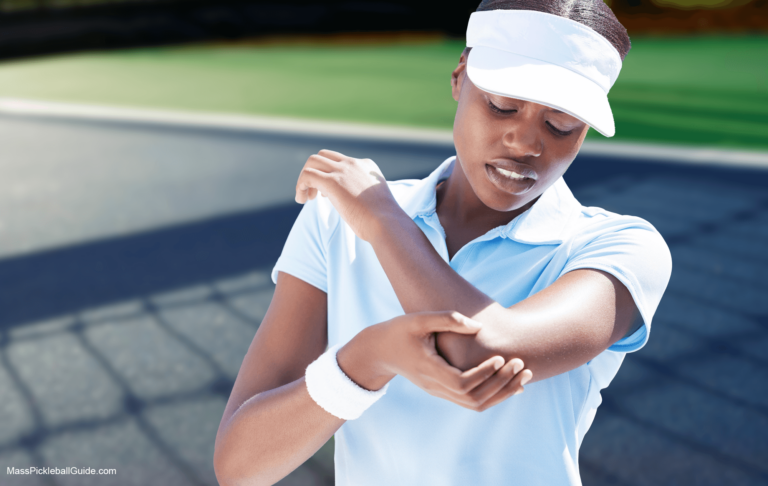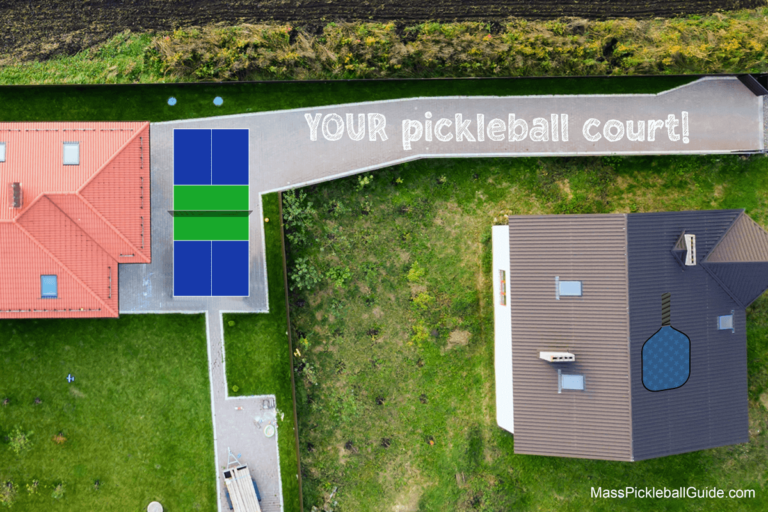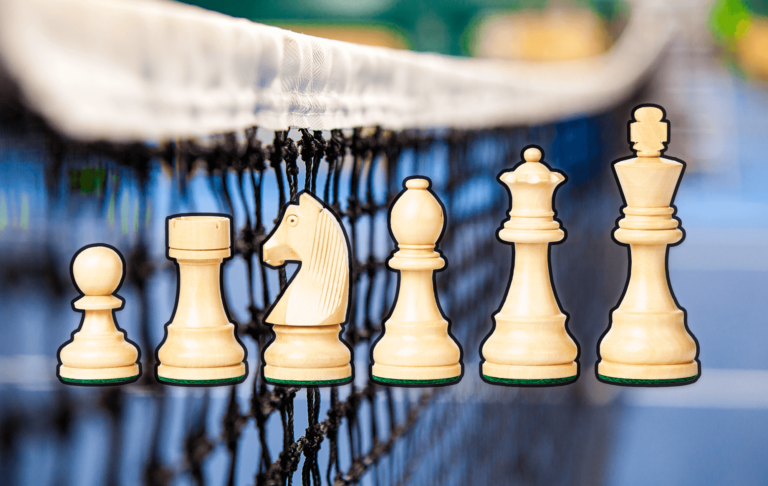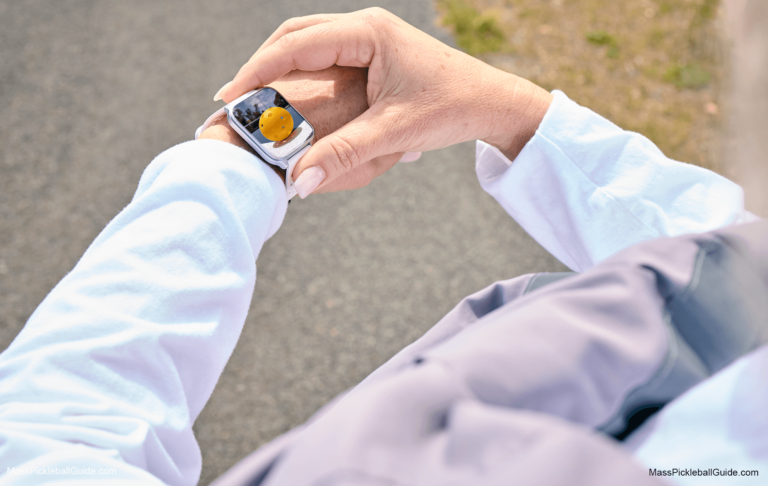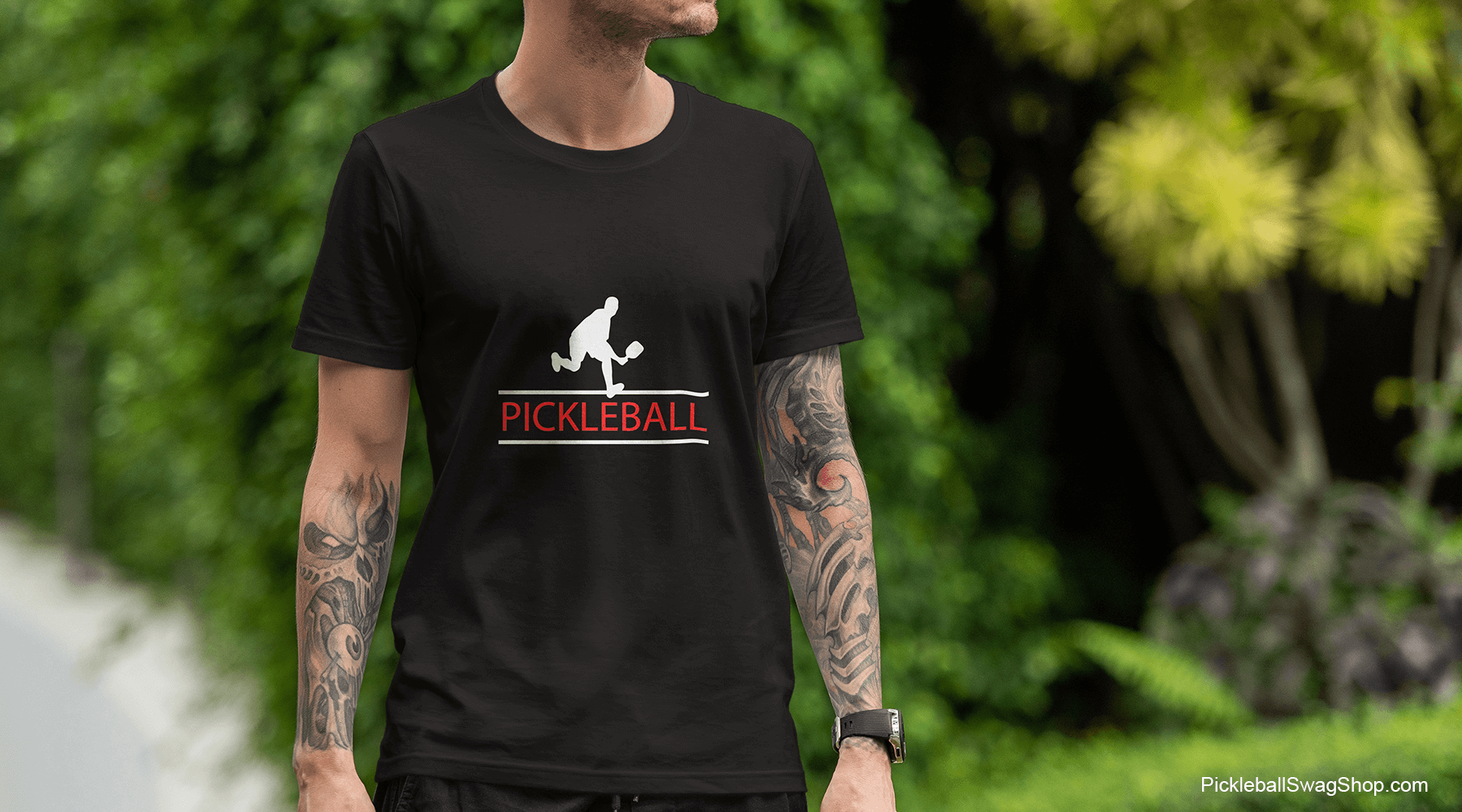Skinny singles pickleball: unlock the thrills of a narrower court
skinny up (ah, down?)
Yes, we all know that pickleball can be a fun, rewarding way to stay fit and sociable. Even though it is a relatively new sport there are a few variations (relax!) that are not that common, and folks have some questions about.
Skinny singles pickleball is like regular singles but played on a diet-sized court—just half the usual size. It’s usually used for training as it almost forces you to sharpen your accuracy due to its small court size. It’s like taking a crash course in making shots that you wouldn’t usually dare to try.
Just to spice things up, there are different flavors too: cross-court skinny, down-the-line, and the intriguingly named ‘slender singles.’ Even if you’re not gonna jump in right away to skinny singles you should know the basics in case you ever get caught off guard with an invitation to play.
The Intrigue of Skinny Singles
Skinny singles pickleball refers to a version of the traditional pickleball game where the court width is notably (50%!) reduced. This smaller court intensifies the game and pushes the players to focus on precision shots and strategic placement. And it can be lots of fun.
Playing skinny singles requires the same rules as singles pickleball, but it involves strategic play. The reduced court size allows for more precision, making every shot count and challenging players to maximize their skills.
You may be wondering: is it just for advanced pickleball players?
No, not at all. In fact, for beginner players, it can be a great way to highlight some of your strengths and what you may need to improve. And it may seem funny as you start to play but gets more serious as you play more. It’s also even a better workout than singles pickleball: even though you have a smaller court to cover you are still moving around constantly.
Now here’s the twist:
Serving in skinny singles sticks to the singles rulebook. You serve until you make a fault, and then it’s “side out”—pickleball lingo for losing the serve to your opponent. It’s not like doubles where you pass the baton to your teammate after a lost point.
Don’t expect to see skinny singles in the Olympics anytime soon—it’s more of a casual Friday night kind of game. It’s perfect when you’re looking to have a laugh, train a specific skill, or settle a friendly dispute over who’s buying the next round of drinks.
BTW: Skinny singles is the same as “mini-singles”; the latter term is more used in official rules and documentation for pickleball. Personally, we can’t think either of these terms will last in such a politically correct society. Someone, or a subset of people, will most likely find offense with both of these.
Understanding the Skinny Singles Pickleball Court Dimensions
A skinny singles pickleball court, in essence, is half the width of a standard pickleball court: the width goes from 20’ to 10’. The length of 40’ stays the same. This configuration gives the court its distinctive ‘skinny’ width, forcing the player to adapt to a new style of play.
The reduced width focuses the game on the central part of the court, creating a narrower playing court. Power shots become less significant, and precise, strategic shots gain greater importance. This configuration not only tests your precision and strategy but also breathes new life into the classic pickleball game.
We know the skinny singles court is smaller – got it. But what does the court look like?
Down The Line Skinny Singles
The most common skinny pickleball version is called “down the line“.
It’s the most common as the court is easier to mark and line as most of the lines already exist. The server serves from the right side of the court, while the receiver gets ready on the left side to return the serve. Typical singles rules.
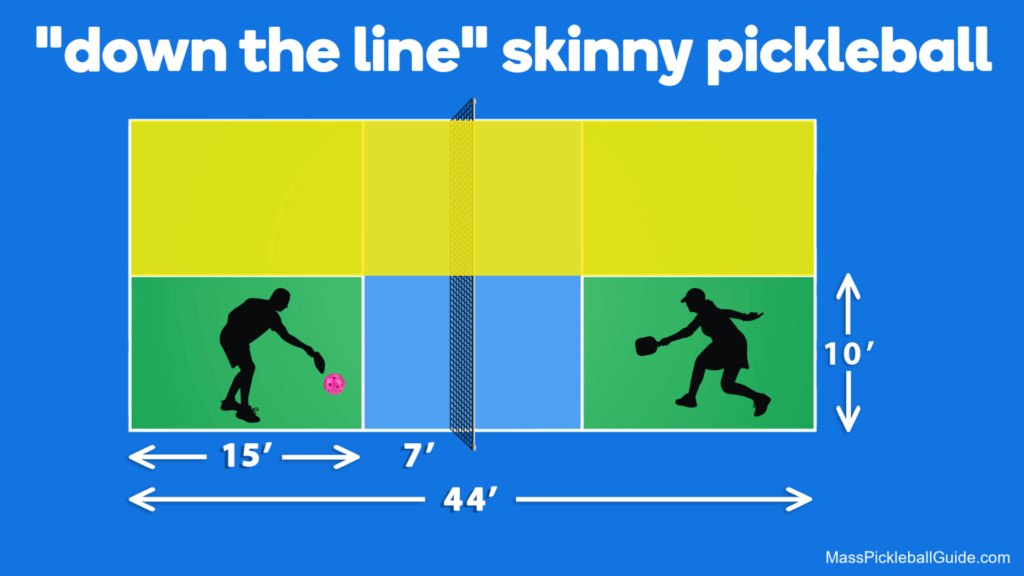
This court configuration can be your secret weapon for leveling up your pickleball game. It encourages you to aim your shots down the sideline instead of the usual cross-court style. So, it’s more than just a fun twist: it’s a clever strategy workout for both singles and doubles pickleball games. It’s like practicing your trick shots without the pressure of a full game.
Cross-Court Skinny Singles
Cross-court skinny pickleball is rather self explanatory. The court is still divided in half but only the diagonal serving zones (along with the kitchen) are used. Some folks think this is better as you are serving diagonally across as per a regular game, so this version certainly focuses on your serves. The sort of downside is that in reality it does take up the entire pickleball court even though you are using only half.
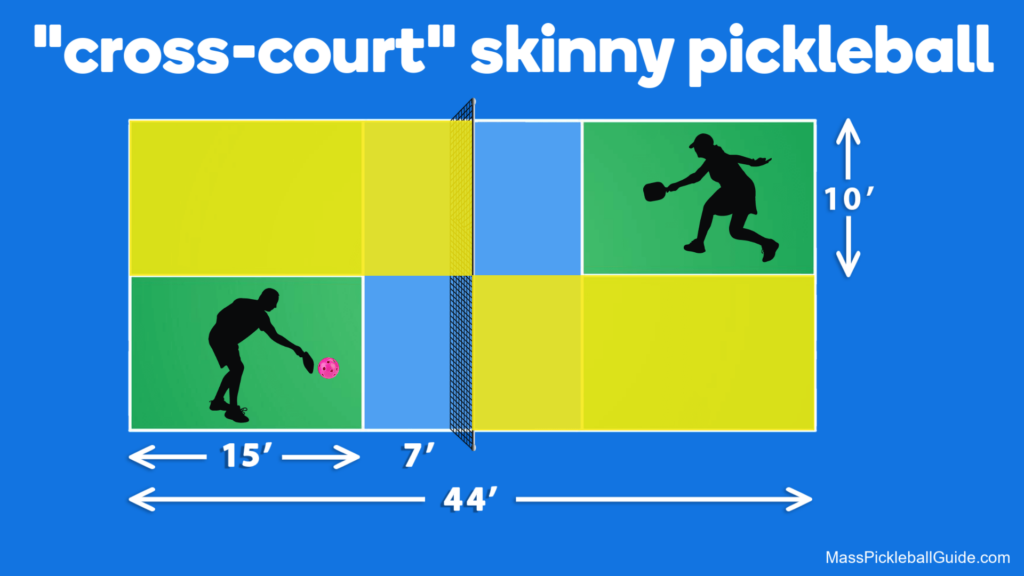
Skinny Singles Pickleball Scoring Simplified
Scoring in skinny singles pickleball is straightforward and follows the same rules and strategy as regular singles.
Let’s say Player A starts off serving and Player B is on the receiving end. If Player A comes out on top of the rally, they score a point and hold onto the serve.
The play continues until Player B manages to win a rally. However, when Player B wins a rally, they don’t instantly get a point. Instead, the serve switches over to them, and now it’s their chance to serve and score some points.
So, only the player who’s serving can rack up points. The game keeps going in this back-and-forth way until one of the players scores enough to claim victory.
Mastering Skinny Singles: 3 Key Strategies
Understanding the ins and outs of skinny singles in pickleball can help you maximize your potential in this exciting variation of the game. Here are three important strategies to consider:
1. Serve Deep in the Court
2. Move Your Opponent Around
3. Utilize the Length
Embracing the Fun of Slender Singles in Pickleball
Sorry to do this to you but there is another version of pickleball with a reduced court size: slender singles. This is sometimes also called slender pickleball.
Slender singles serves as an excellent training ground for beginners or those hesitant to try pickleball due to its perceived physicality. This is one of the reasons the version is more compatible with older folks or those with mobility challenges. It’s a fun-filled alternative that encapsulates the essence of pickleball in a less intimidating format.
The slender singles court is 20% smaller than a regular pickleball court. It takes 2’ off the width of the baseline at either side. This takes the width of the court from 20 feet to 16 feet and the length of 40’ stays the same.
There is less ground to cover meaning rallies can go on for longer for players who struggle to get to the corners.
Conclusion
Whether you’re a pickleball novice or a seasoned player, exploring variations like skinny singles and slender singles can add an exciting new dimension to your gameplay.
These variations that you may have never heard of will push your strategic skills and precision. Worth a try just for the variation of the court size alone.

